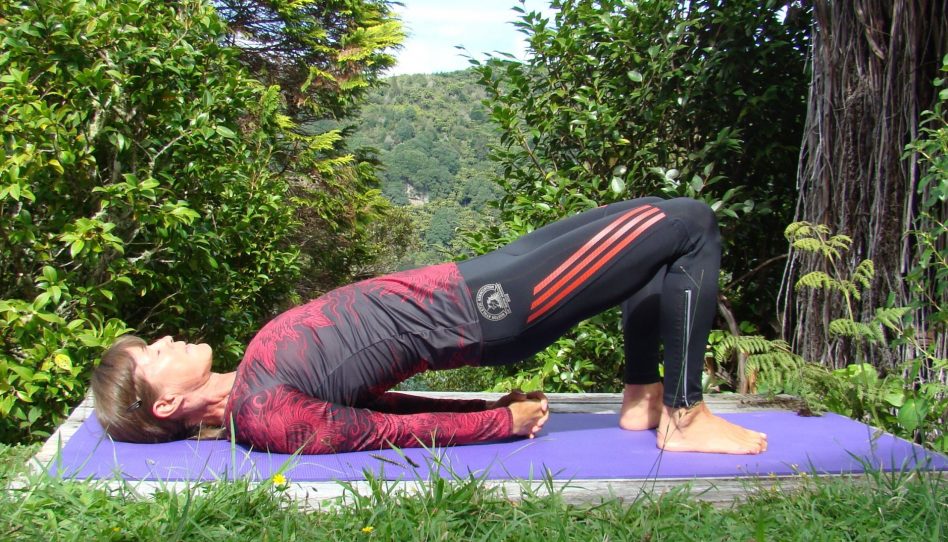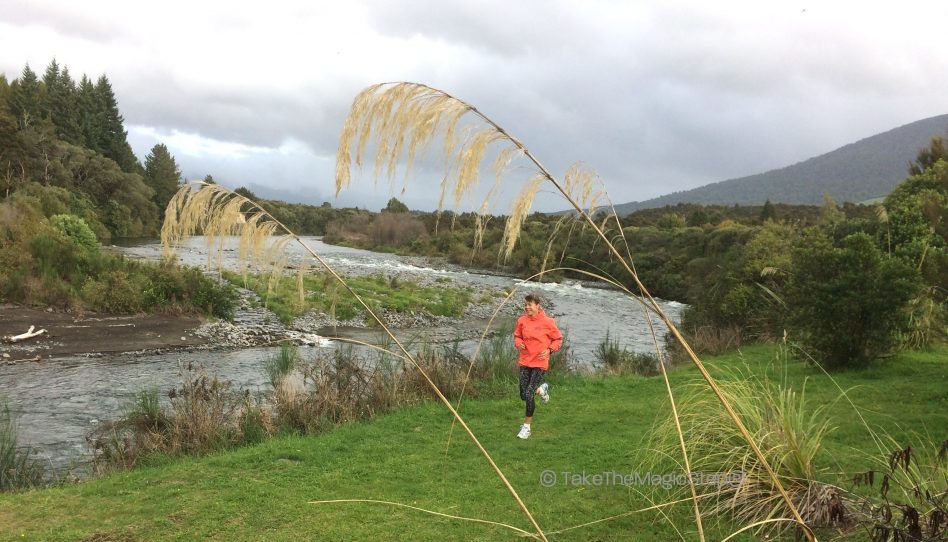How to Use Uta Pippig’s Advice to Become a Better Runner
Uta Pippig is a three-time champion of the marathons in Boston and Berlin, writer and public speaker for “Take The Magic Step®” and “Running to Freedom™.” She is now also writing for the German daily newspaper “DIE WELT”.
I love the holiday season. Everything shines so colorfully and everywhere the air is sweet with goodies. People are cheerful and start coming up with early first New Year’s resolutions. Some resolve to take up running. Others are already runners and set new goals. Now is a wonderful time to start running—and not only because of the chocolates and gingerbread cookies that need to be burned off. 🙂

My guidance is part of a holistic training approach for body and mind which will help you as you begin your training. Some of my advice will appear in my DIE WELT columns and I will also share it here with you.
In these I also will discuss with you the specific training approach at all performance levels which I have tested in 30 years as an athlete and with my clients. The joy of running—which hopefully you soon will not be able to get enough of either—empowers you with a sense of energy and inner peace. This is an essential part of my philosophy: to feel freedom while running, which brings inner relaxation. The following are my tips for getting started.
Listen to Your Body’s Signals
Signals such as your resting heart rate in the morning, stress and recovery heart rate during and after your training, susceptibility to getting injured or sick, insomnia, lack of appetite or lack of motivation to run are indicators that are worthwhile observing. If you feel an injury or cold developing for example, it is better to take off one or two days and get early help. Look for help from a doctor who specializes in the field most relevant to your condition or injury.
Train According to Your Current Performance Level
Take your time preparing a training schedule that you are able to cope with and that does not overburden you. By building your fitness up slowly and smartly you prevent yourself from “overtraining.” Here “negative splits” are helpful: Cover the second half of your chosen distance faster than the first. The same principle applies to interval and speed workouts. Start each training session easy, with a good and relaxed feeling.
Phases of Your Marathon Training
Your preparation comprises a base period, followed by the first build-up period with high mileage and the second build-up period with the highest mileage. At the end you will enter the tapering period (reduction of the mileage) in order to get in top form.
Follow the Concept of Periodization
Plan on enough recovery time during and after each training phase. For example: Two or three weeks of hard and intensive training should always be followed by a week of easier workouts in order to be recovered enough for the next hard phase. Recovery is an important part of training.
Have the Courage to Change Something
Whenever you have the feeling you won’t be able to fulfill your schedule, change your strategy, come up with a new plan that lets you continue your training. Be courageous enough to adapt the time goal you have set for yourself accordingly.
Cross-Training as An Addition and During Periods of Injury

Additional Supportive Training Elements for Running
Complete specific stretching and strengthening exercises—as well as Yoga—after short, relaxed runs. Make sure that your torso is relaxed and your lower back is not causing you any trouble. Avoid stretching after intensive runs in order not to injure yourself, because after heavy strain the muscles are stressed and tired. Core strength exercises contribute to a good running technique as they stabilize the spine and the pelvis.
Establish a Good and Adequate Nutritional Routine
Sufficient fluids per day, especially before, during and after your workout are of great importance. This nutrition routine includes good fats with omega-3, as well as enough carbohydrates. Try to keep in mind the so-called “recovery window,” the period immediately after prolonged exercise in which—preferably within the first thirty minutes—you should eat easily digested carbohydrates in order to replenish the muscles’ energy stores.
Sleep
Endurance athletes need at least eight hours of sleep each night—even nine, after intensive training days—in order to adequately recover physically and mentally, strengthen the immune system, and build and repair muscles. Try to find a harmonic way to combine work, family, and friends with your training and necessary recovery.
I wish you lots of success and above all fun and joy while running.
Yours,

Adapted from my column „Mit Uta Pippigs Tipps werden Sie zum besseren Läufer“ in DIE WELT with permission.
*Uta Pippig, 51, is one of the most successful female marathon runners of the ’90s. She has won Berlin and Boston three times each. Today she lives in Berlin, Germany, and in Boulder, Colorado, and with her organisation “Take The Magic Step®” she commits herself to increasing people’s awareness in the areas of fitness, nutrition and health.
Reading Suggestions:
- Cross-country skiing improves your aerobic endurance: Cross-Country Skiing: A Great Option for Winter Fun and Fitness
- Periods of Training for Your Marathon Preparation and Distance Progression for Your Long Runs
- Posted December 17, 2016
© Copyright 2016-2024 Uta Pippig and Take The Magic Step®. All Rights Reserved.
More Insights

A Hilly Topic: The Boston Marathon Course
The most effective approach for tackling the Boston Marathon course is to stay relaxed within your own unique stride and cadence. The frequent alternation of uphill, downhill, and flat sections will tempt you to break from your pre-race strategy, but stay with your plan.
Uta’s Favorite Exercises to Improve Your Fitness and Running Technique
Uta Pippig has designed an at-home fitness program which only uses your own body weight, steps, and a Theraband. They are eight exercises that Uta often does herself.
Uta’s Yoga and Stabilization Guide for a Better Running Technique
Runners, especially, can benefit from a well-balanced yoga and stabilization program. Uta suggests effective combinations of poses and exercises that have helped her gain the flexibility and balance that can lead to a better running technique for everyone.
How a Clever Mental Focus Can Get You Through Running Injuries
Running injuries can be devastating, but learning to focus mentally can speed up the healing process. Uta explains how the forced break from running can actually provide future benefits.